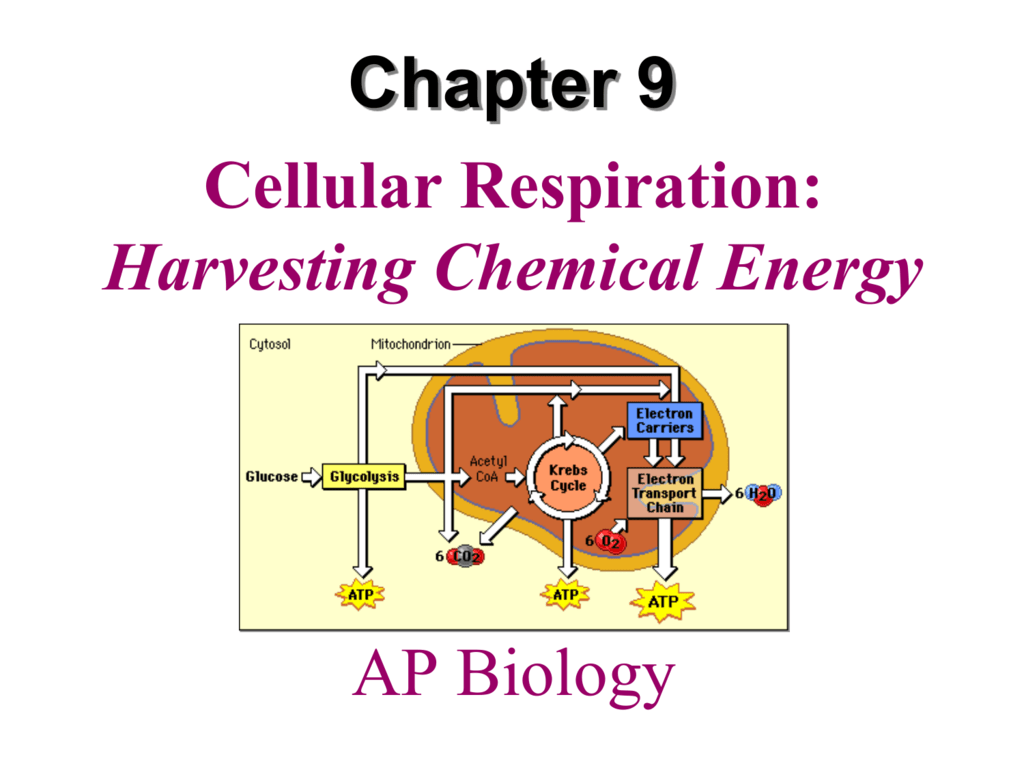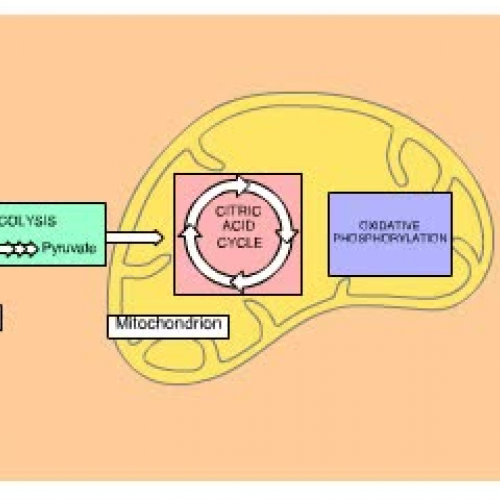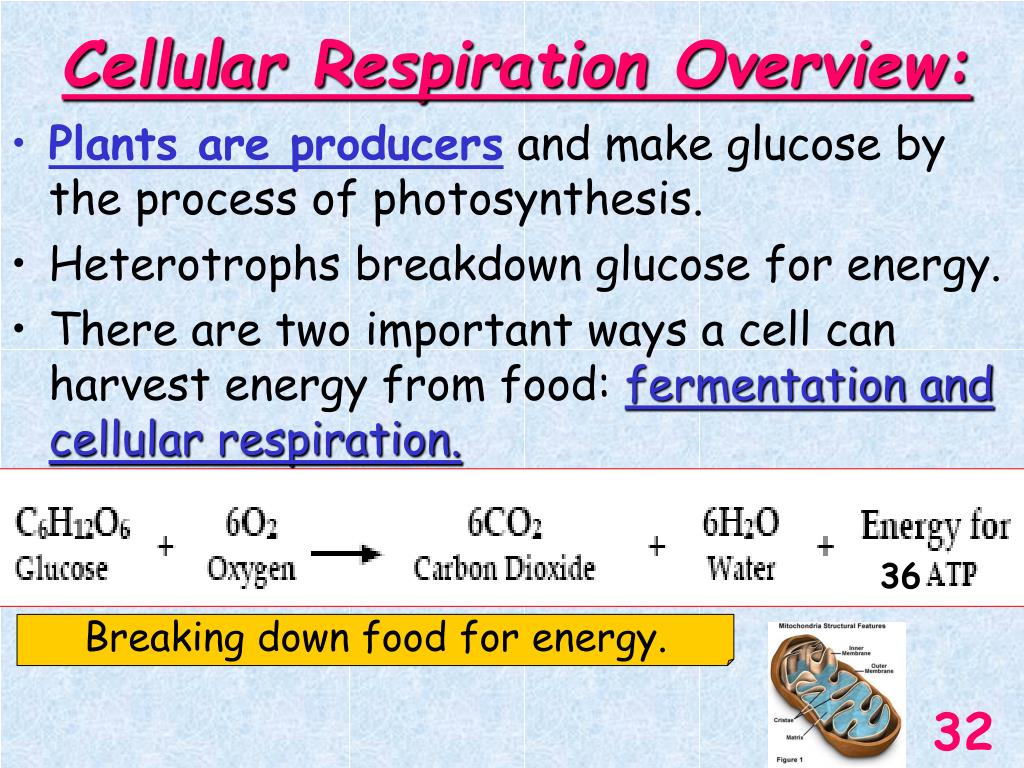
A cofactor shuttles electrons between proteins I–III. The electron transport chain is made up of 4 proteins along the membrane and a proton pump. In prokaryotes it occurs in the plasma membrane. It is the only part of cellular respiration that directly consumes oxygen however, in some prokaryotes, this is an anaerobic pathway. In eukaryotes, this pathway takes place in the inner mitochondrial membrane. Most ATP from glucose is generated in the electron transport chain. The citric acid cycle is considered an aerobic pathway because the NADH and FADH 2 it produces act as temporary electron storage compounds, transferring their electrons to the next pathway (electron transport chain), which uses atmospheric oxygen. Each turn of the citric acid cycle provides a net gain of CO 2, 1 GTP or ATP, and 3 NADH and 1 FADH 2. When there is more ATP available, the rate slows down when there is less ATP the rate increases. This pathway is a closed loop: the final step produces the compound needed for the first step. The rate of the cycle is controlled by ATP concentration. The citric acid cycle (also known as the Krebs cycle) is the second pathway in cellular respiration, and it also takes place in the mitochondria.

In this oxidation process, a carboxyl group is removed from pyruvate, creating acetyl groups, which compound with coenzyme A (CoA) to form acetyl CoA. This process also releases CO 2. In this process, the pyruvate created by glycolysis is oxidized. Pyruvate oxidation can only happen if oxygen is available. In eukaryotes, pyruvate oxidation takes place in the mitochondria.

However, most cells undergo pyruvate oxidation and continue to the other pathways of cellular respiration.

Some cells (e.g., mature mammalian red blood cells) cannot undergo aerobic respiration, so glycolysis is their only source of ATP. This half splits glucose, and uses up 2 ATP. If the concentration of pyruvate kinase is high enough, the second half of glycolysis can proceed. In the second half, the “energy releasing: steps, 4 molecules of ATP and 2 NADH are released. Glycolysis has a net gain of 2 ATP molecules and 2 NADH. This pathway is anaerobic and takes place in the cytoplasm of the cell. This pathway breaks down 1 glucose molecule and produces 2 pyruvate molecules. There are two halves of glycolysis, with five steps in each half. The first half is known as the “energy requiring” steps. Glycolysis is the first pathway in cellular respiration. In order to move from glycolysis to the citric acid cycle, pyruvate molecules (the output of glycolysis) must be oxidized in a process called pyruvate oxidation. Let’s ReviewĬellular respiration is a collection of three unique metabolic pathways: glycolysis, the citric acid cycle, and the electron transport chain. Glycolysis is an anaerobic process, while the other two pathways are aerobic. While the process can seem complex, this page takes you through the key elements of each part of cellular respiration. Heterotrophs (like humans) ingest other living things to obtain glucose. Autotrophs (like plants) produce glucose during photosynthesis. Describe the location of the citric acid cycle and oxidative phosphorylation in the cellĬellular respiration is a process that all living things use to convert glucose into energy.

Describe the overall outcome of the citric acid cycle and oxidative phosphorylation in terms of the products of each.Describe the process of the citric acid cycle (Krebs cycle) and identify its reactants and products.Describe the process of glycolysis and identify its reactants and products.


 0 kommentar(er)
0 kommentar(er)
